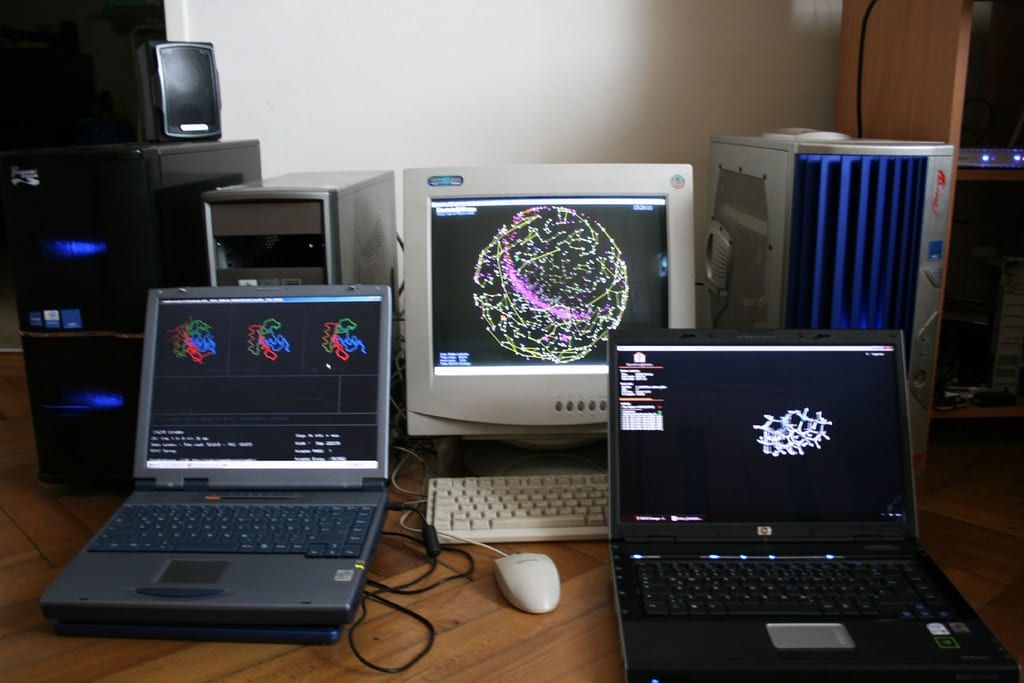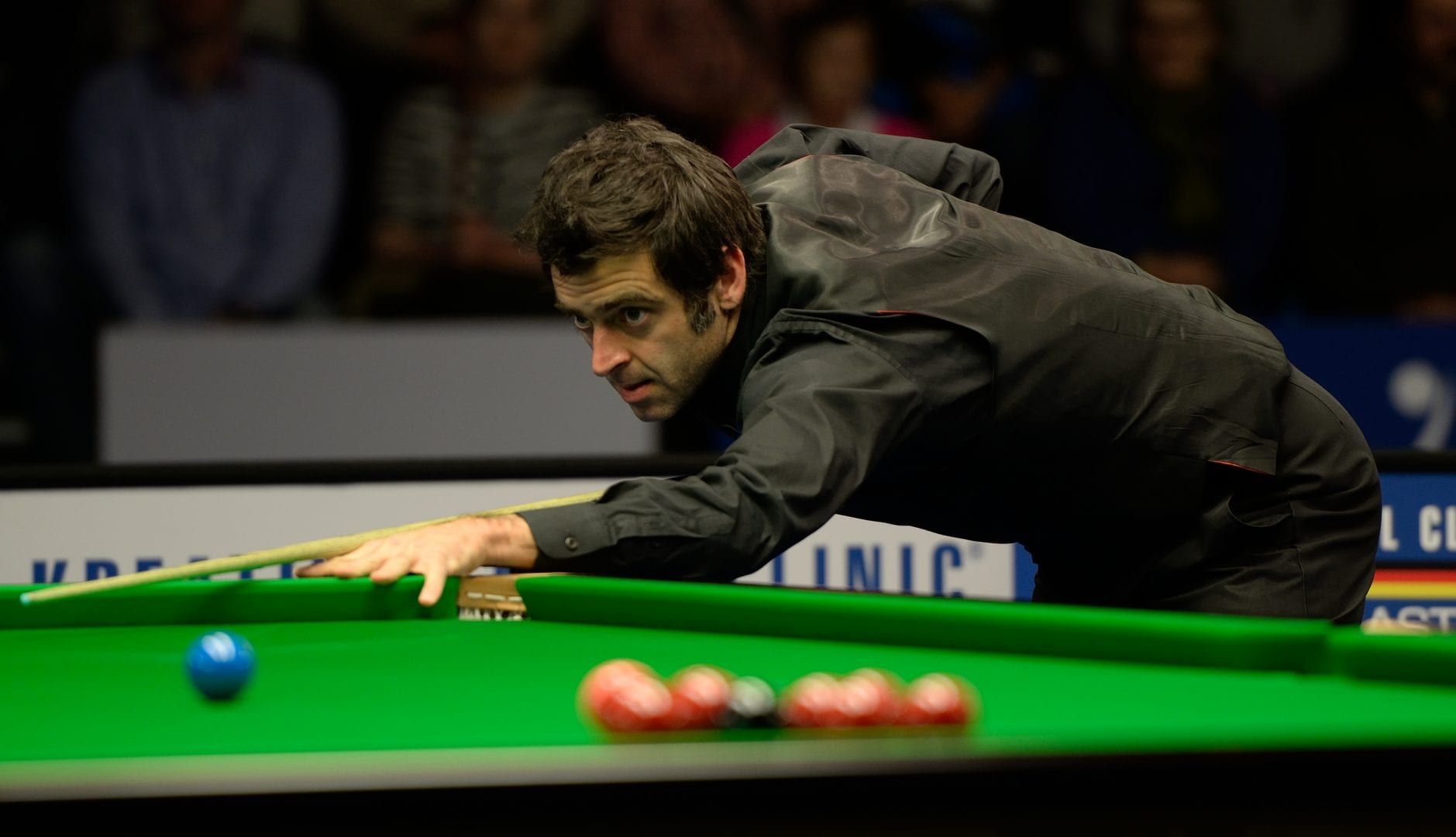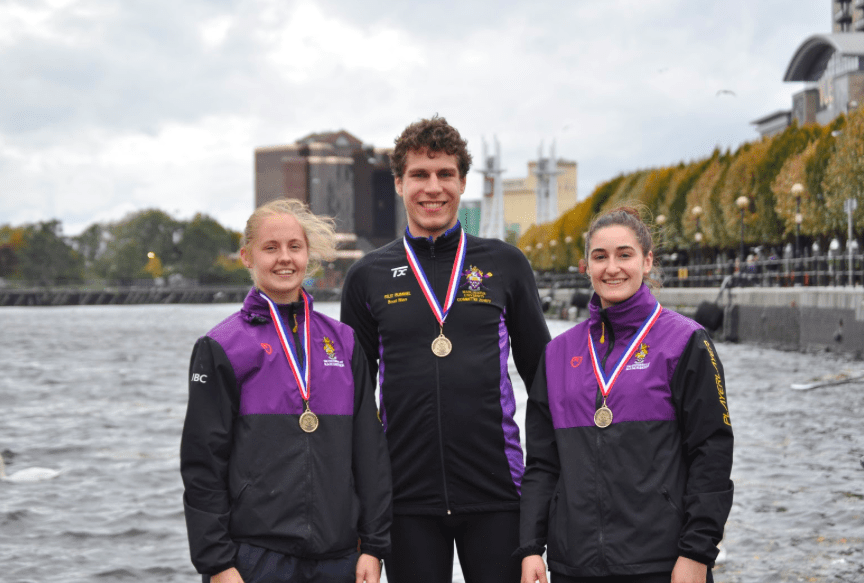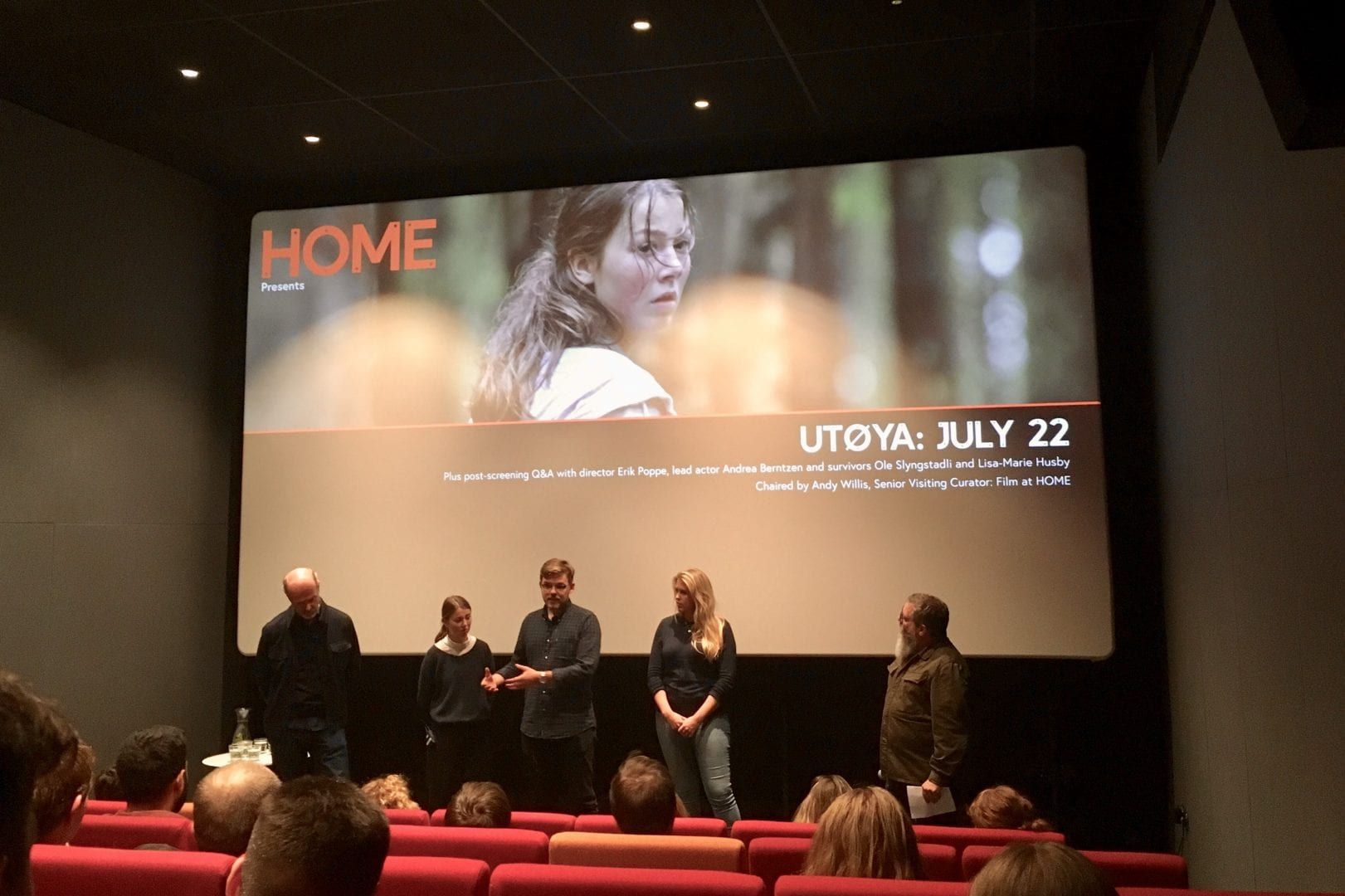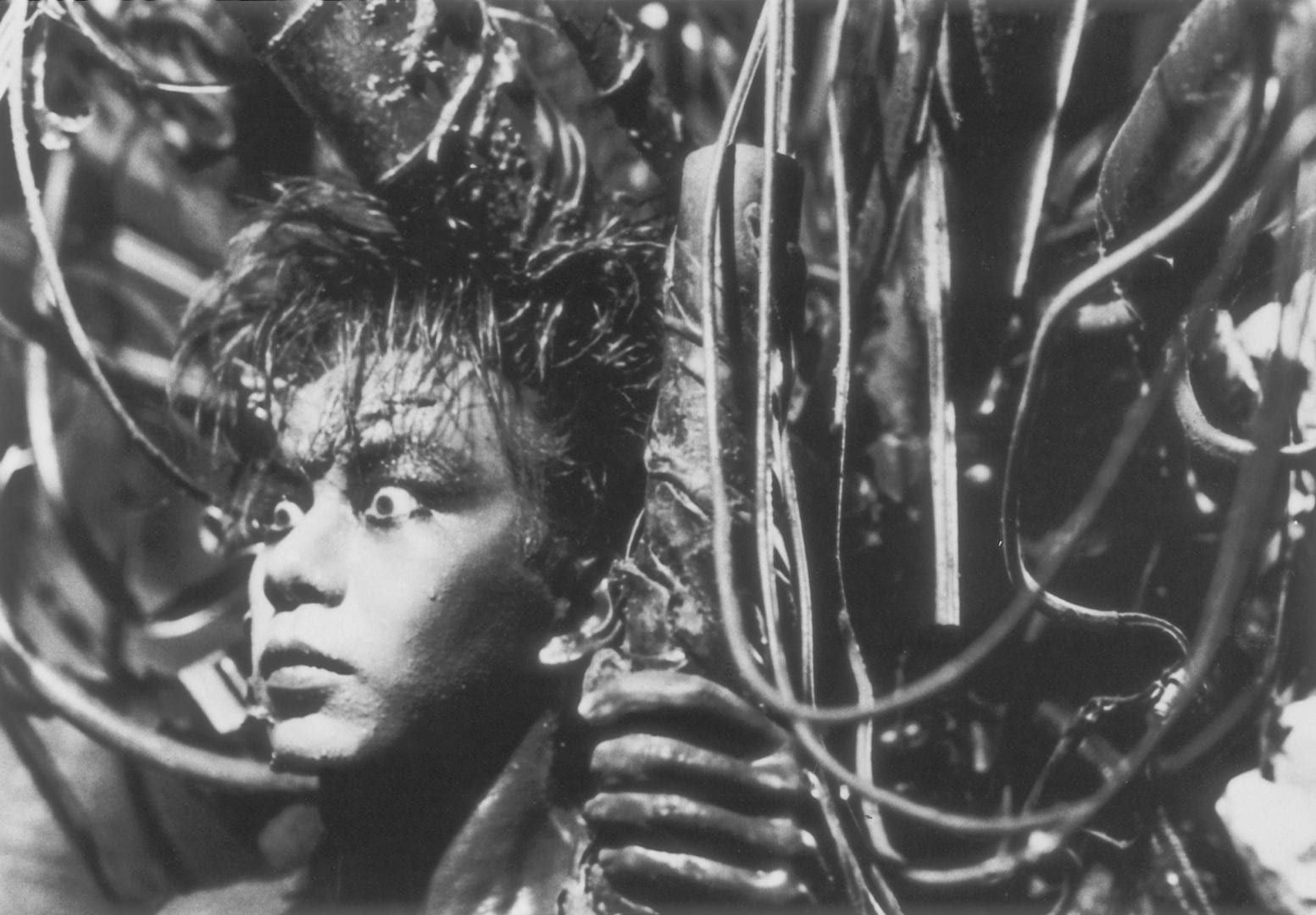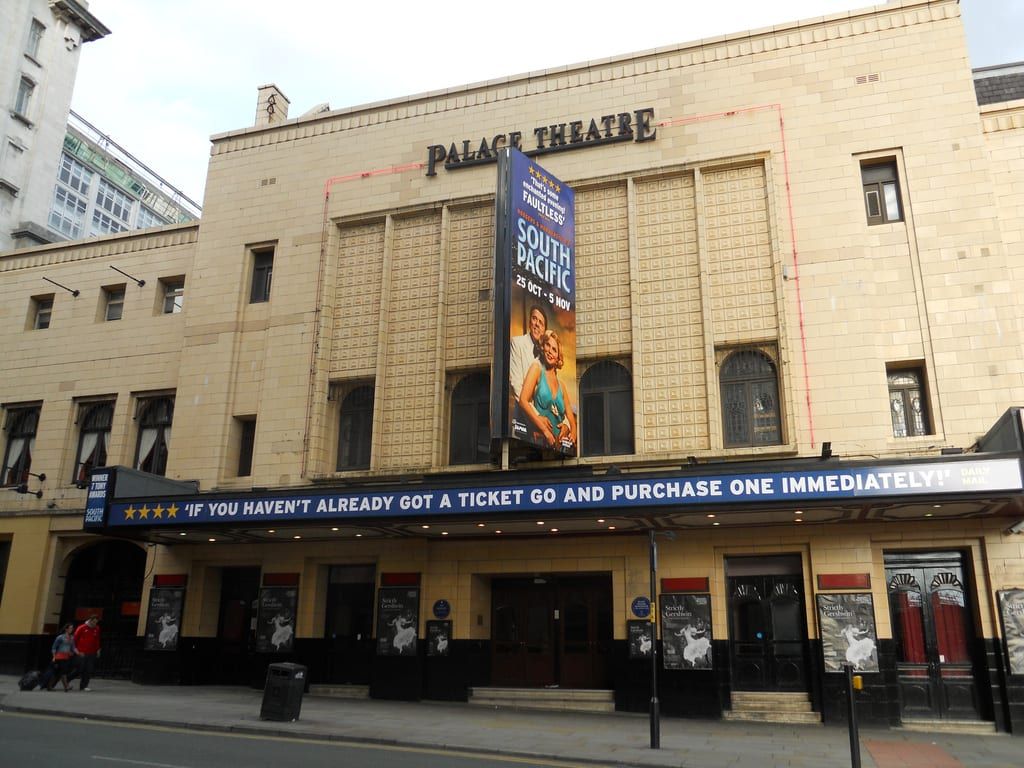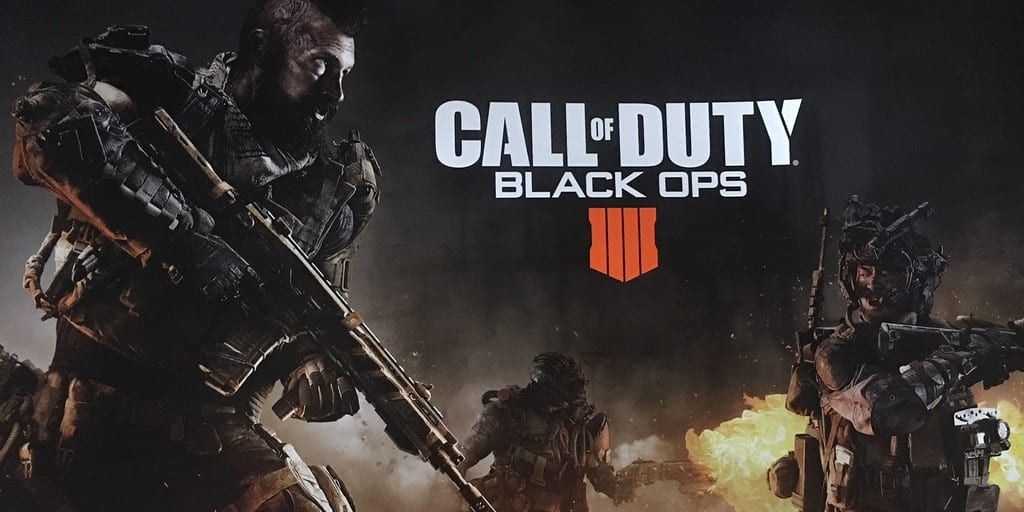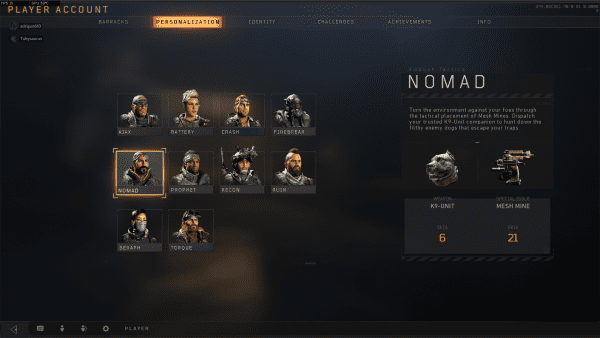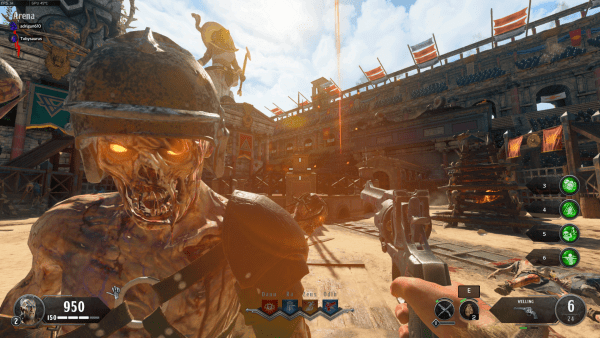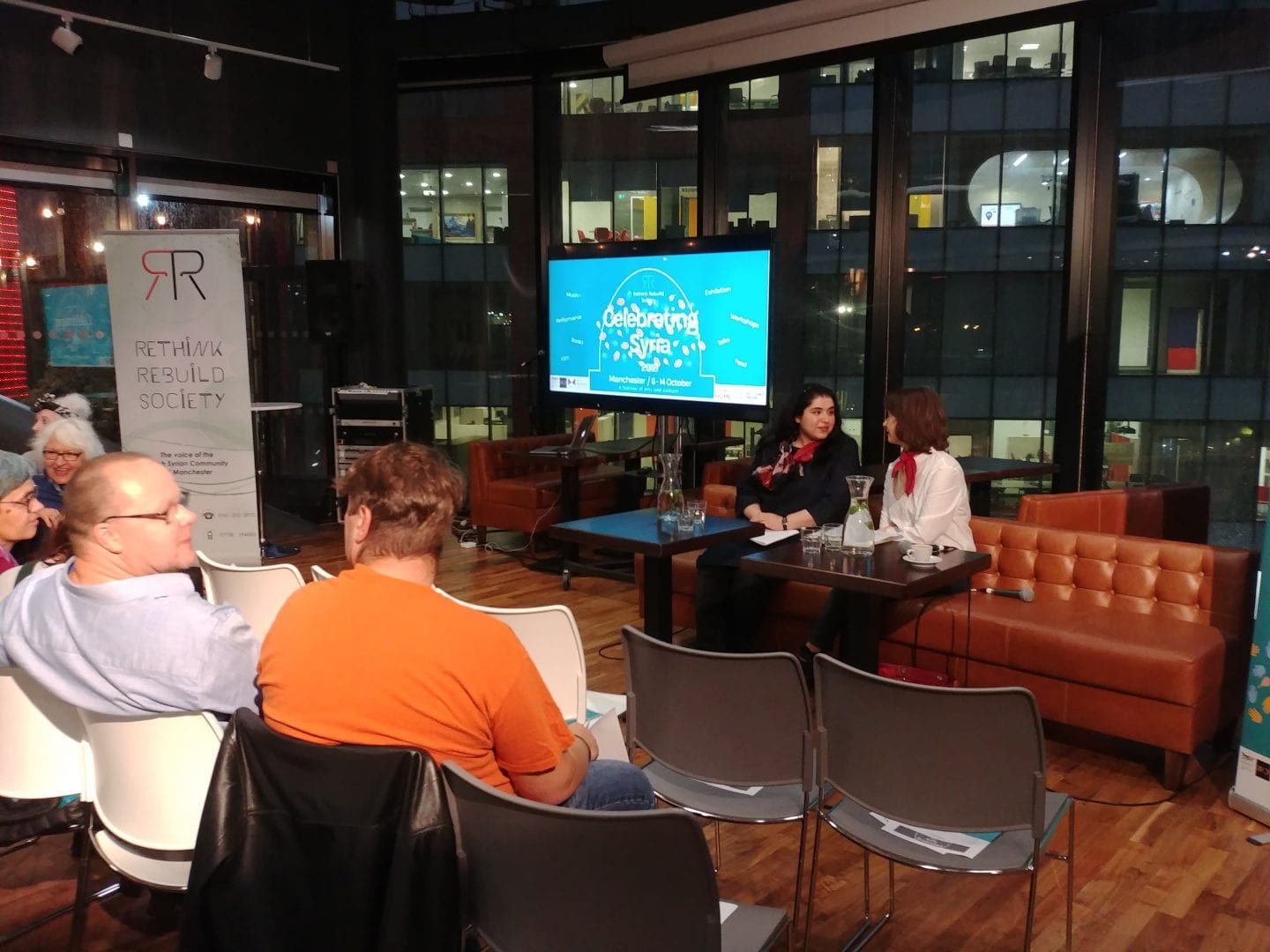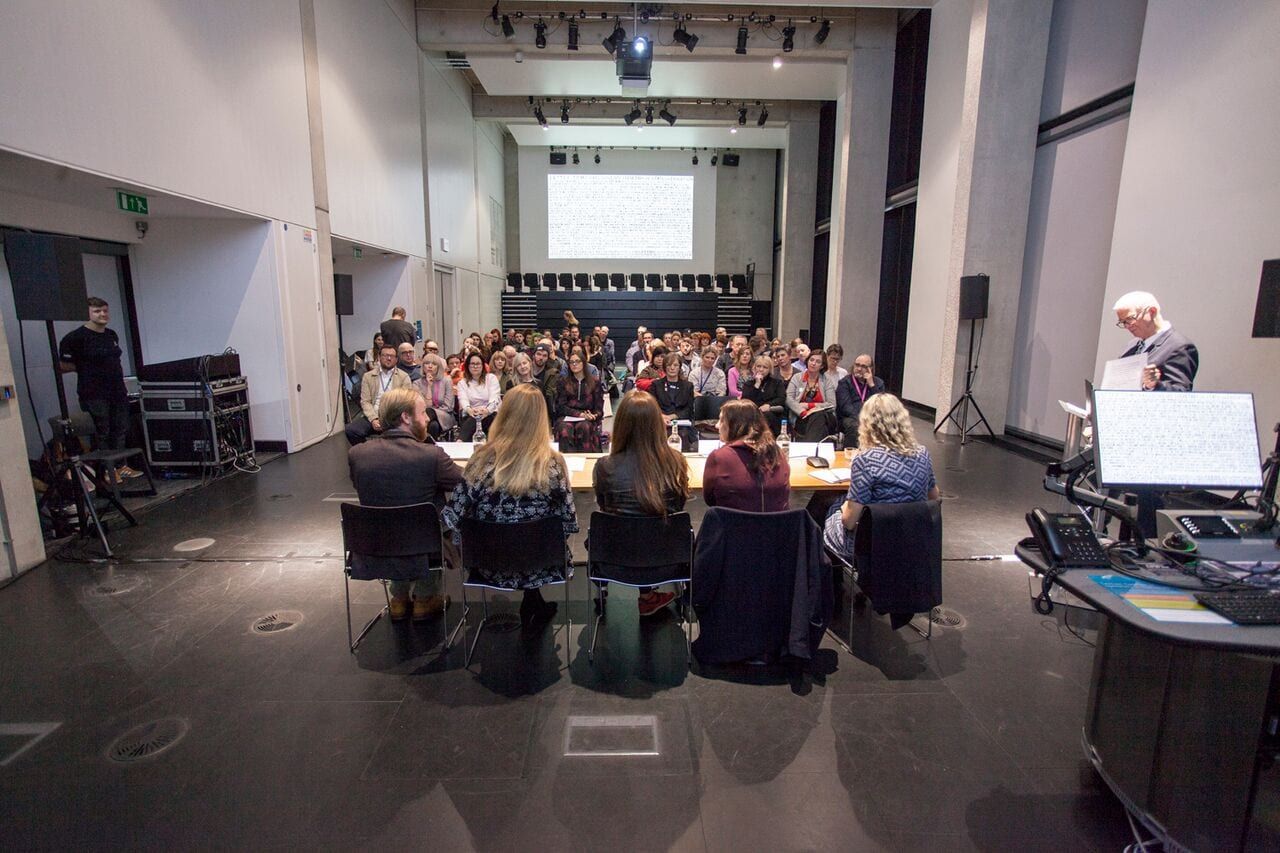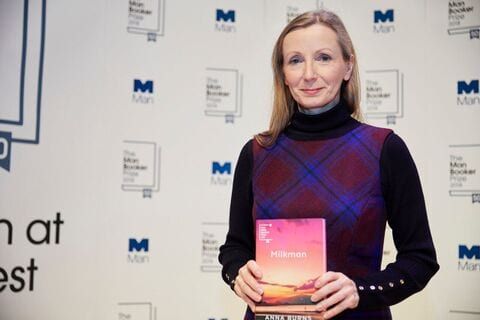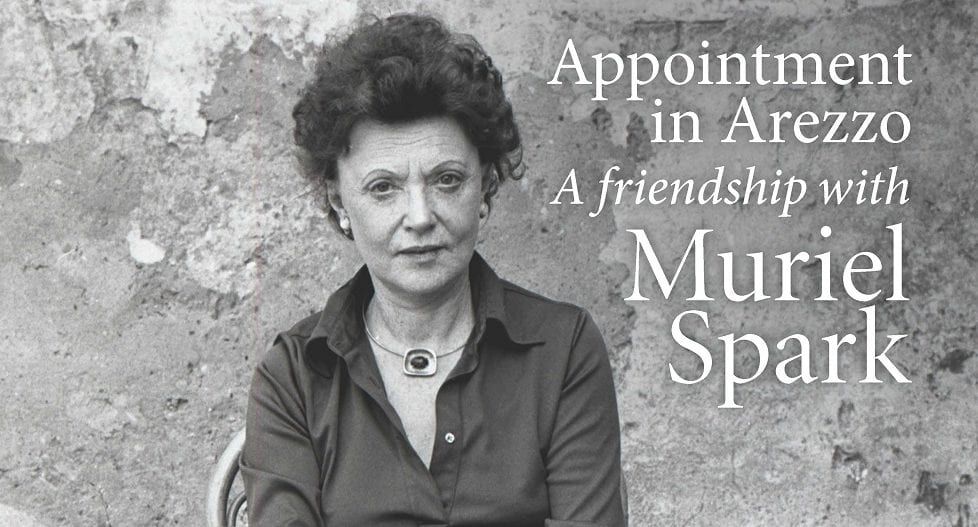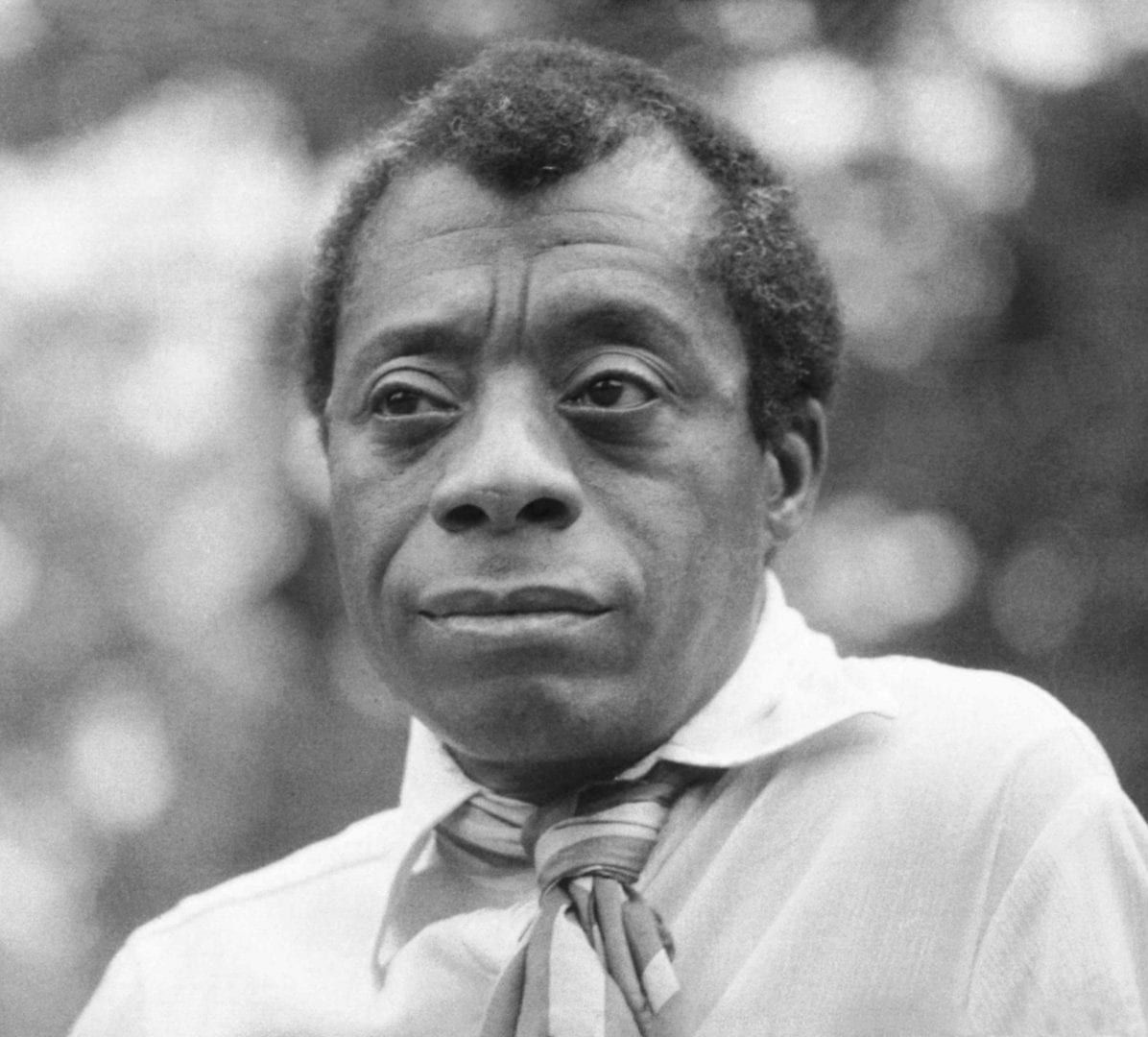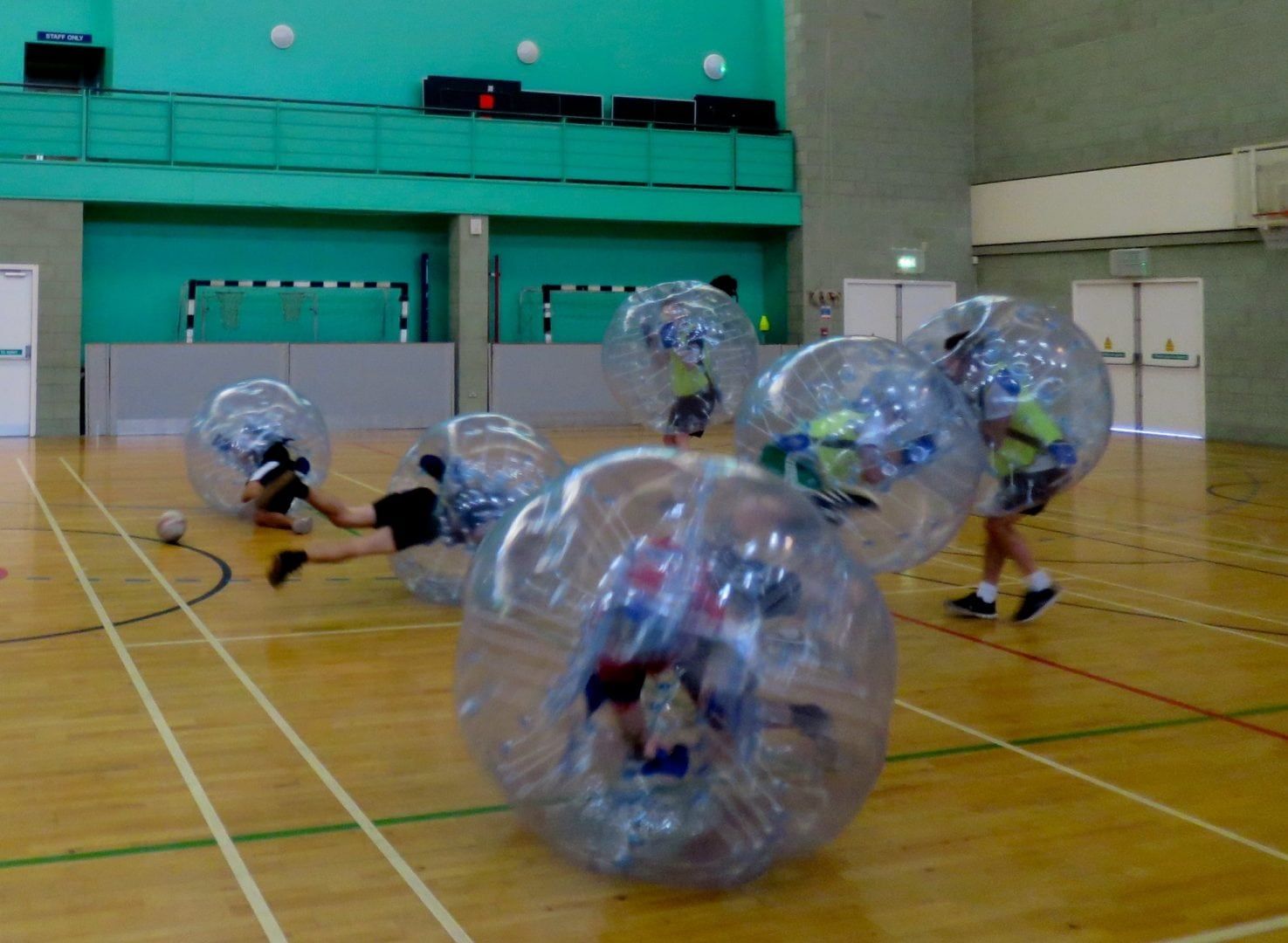High death rate of discharged mental patients
New research done by a team at the University of Manchester, led by Professor Roger Webb, has shown that patients discharged from their first inpatient stay at a mental hospital were significantly more at risk of dying from unnatural causes than those in the general population. Mental hospitals are places where those suffering from mental illness can go to seek help and recuperate, and once they are stable again they are then discharged back into everyday life.
The study tracked 47,000 Danes who had been discharged from their first hospitalisation and compared that to 1.6 million in the general population. The findings showed that suicide was 32 times more likely, intentional self-poisoning was 41 times more likely, and psychotropic drug poisoning was 90 times more likely in those who had been discharged. They are also 15 times more likely to die from any unnatural death.
Other research carried out in the UK has shown that the first month is when the risk level is at its highest, but during the first three months, patients remain more vulnerable. Despite taking its data from Denmark, the results of this study can still be applied to Britain due to the similarities in mental healthcare systems and population size.
While the risk to discharged patients is still fairly low, it is still significant enough to not be overlooked. On reasons that this might occur, Professor Webb said: “The post-discharge period represents a particularly risky transition because people are returning to living in the community and often in the same or similar circumstances to the point at which they were so ill that they needed to be admitted to an inpatient unit.”
Adding to this, Webb also stated that this may be “an especially daunting experience” to those who are being discharged from their first inpatient stay. However, while there is a strong association between unnatural deaths and hospital discharge there is no evidence of a causal link.
Lauren Goodfellow, the President of the Mental Health Society at the University of Manchester, spoke on this topic; “The people in those hospitals do want to help but they want to help as many people as they can, so if they think you look better then they’re going to discharge you.” If patients being discharged have not completely recovered, then there is a high chance that their mental health will just deteriorate again. Webb also stated that, “Having a serious mental illness is the main driver for the very high relative risks that we observed.”
In order for these deaths to be avoided, changes would have to be made to the way mental healthcare is run, especially in regards to keeping in contact after patients have left inpatient care. Webb and his team suggested that there should be closer liaison between inpatient services and community care, and that psychosocial assessments following self-harm could be carried out in order to decrease the risk of unnatural death post-discharge. Lauren Goodfellow stated that “It is a case of underfunding for mental illness,” adding, “going from 24-hour care when people are checking up on you all the time… to then nothing can be very lonely.”
To decrease the risk to discharged mental health patients Lauren suggests, “The hospital could keep in contact and have mandatory groups for those who are discharged.” On why this is so important she adds, “You need to keep that follow-up, or they’ll feel alone, and loneliness can lead to negative thoughts and depression, which can lead to suicide.”
Solid ideas for reform such as keeping track of those who have recently been discharged and providing them with adequate support might help reduce these deaths. It is paramount that decent mental health care is available to those in need of it, even if they have been seen as being healthy enough to live outside of inpatient care.

